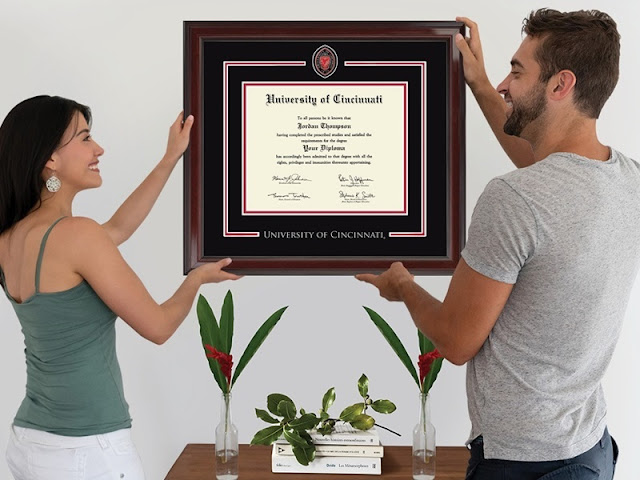6 Types of Window Parts That Require Replacement
Windows come in many forms and styles. From sliding and double-hung to casement and awning types, each serves its purpose based on design and functionality. Over time, exposure to the elements and regular use can cause wear and tear. Knowing which window replacement parts may need attention helps you maintain your home’s comfort, appearance and energy efficiency. Understanding the specific components that can be replaced allows for more cost-effective repairs.
Replaceable Components
 |
| source: shopify.com |
Frame
The frame gives the window its main structure and holds every other window part together. Timber, aluminium and vinyl frames are common, each with its own challenges. Wooden frames may rot or warp due to moisture, while aluminium can corrode without proper coating. Vinyl frames can crack from long-term sun exposure. This is why getting new window replacement parts is often necessary when structural support is compromised.
Glass
Glass is usually the most noticeable element in a window and damage rarely goes unnoticed. Cracks, clouding between panes or condensation are all signs that the glass needs replacement. Insulated or double-glazed glass helps control indoor temperature, but when the seal breaks, efficiency drops significantly. Replacing the glass section instead of the entire unit can often restore the appearance and function of your windows.
Trim
Trim provides the finishing touch that frames the window both inside and out. It helps maintain a tidy appearance and prevents water from entering around the edges. Painted timber trims can flake, warp or separate from the wall over time. Damaged trim might not cause immediate performance issues, but neglecting it could lead to larger problems, such as rot or mould growth.
Screens
Screens are meant to keep unwanted insects out while letting fresh air in. Over time, the mesh can tear, loosen or pull away from the frame. Damaged screens also make the window look neglected. Replacing a screen is straightforward and improves ventilation and cleanliness. Modern fibreglass or aluminium materials make new screens more durable and easier to maintain.
Hardware
Window hardware describes all the functional components that make a window open, close and lock. This includes handles, hinges, locks and cranks. Corrosion, rust or mechanical wear can cause these parts to stop working smoothly. Replacing window hardware restores secure operation without needing major structural work.
Weatherstripping
Weatherstripping seals gaps between moving parts of the window, preventing drafts and water leaks. When it begins to crack, compress or detach, you might feel cool air entering even with windows closed. Replacing worn weatherstripping is a small repair that makes a big difference in comfort. It also helps reduce energy costs by keeping temperature-controlled air inside your home.
Other Window Components
Rails
Rails are the horizontal parts of a sash, supporting the glass and connecting to vertical components. Damage usually appears as bending, cracking or swelling in timber versions. Replacing rails ensures the sash operates correctly and keeps the glass secured.
Sill
The sill sits at the bottom of the window, directing water away from the wall. Sills can rot or corrode easily if drainage fails. A damaged sill can lead to serious structural issues if left unchecked. Replacing it helps maintain moisture control and window stability.
Stiles
Stiles form the vertical sides of a window sash and connect with the rails. If they warp or split, the sash loses alignment, affecting how the window opens or closes. Replacement protects both functionality and the overall appearance of the window.
Cladding
Cladding provides a protective outer layer, commonly seen in aluminium-clad timber frames. It shields against weather exposure. When cladding becomes dull, dented or separated, it no longer offers proper protection. Replacing cladding allows the window to retain its durability and visual appeal.
Drip Cap
A drip cap sits above the window frame, diverting rainwater away from vulnerable joints. Missing or damaged drip caps can lead to leaks into the wall cavity. Replacing them keeps your home’s drainage working effectively and prevents costly water damage.
Spacer
In double or triple-glazed windows, spacers separate the glass panes to create insulation. When these fail, condensation often appears between panes. Replacing the spacer revives the insulating performance and keeps your windows clear.
Grille
Grilles, also called muntins or bars, divide panes into sections for a classic look. Over time, they may loosen or discolour. Replacement is mostly aesthetic but vital for keeping a uniform design.
Keeper
A keeper works with the latch to secure the sash in a closed position. If this window part becomes worn or bent, it can weaken the lock. A quick replacement restores proper security and operation.
Mullion
A mullion separates individual windows in a larger frame. If cracked or rotted, the supporting sections can become unstable. Replacement keeps the structure aligned and reliable.
Muntin Bars
Muntin bars divide glass panes within a window sash, often used for decorative purposes. Over time, they can loosen or degrade, leading to rattling or misalignment. Replacing muntin bars ensures a tight, polished finish.
Jambs
Jambs form the side sections of a window frame that hold the sash in place. Warping or splitting in these can make it hard to operate the window. New jambs restore smooth function and maintain a stable fit.



Comments
Post a Comment